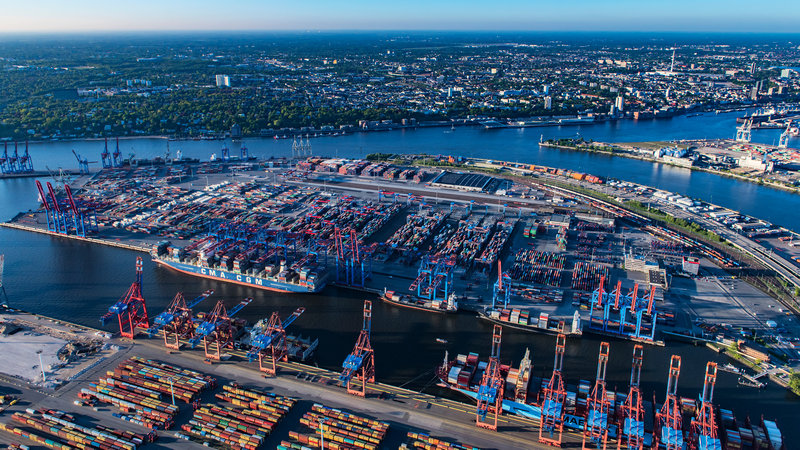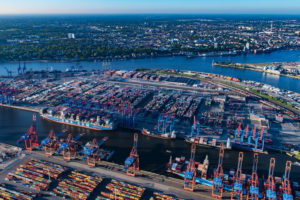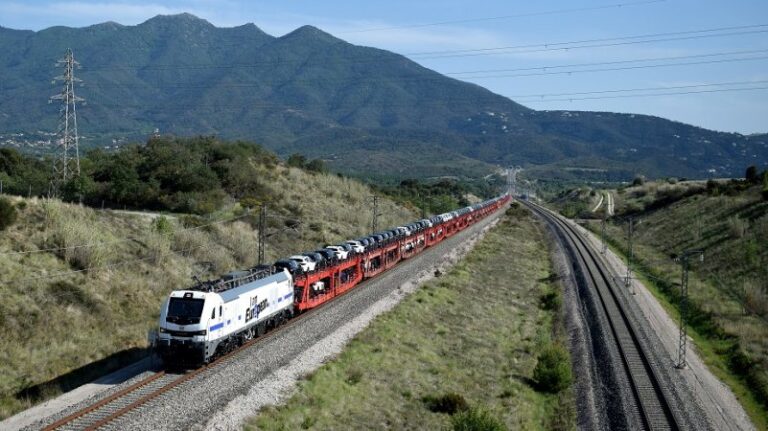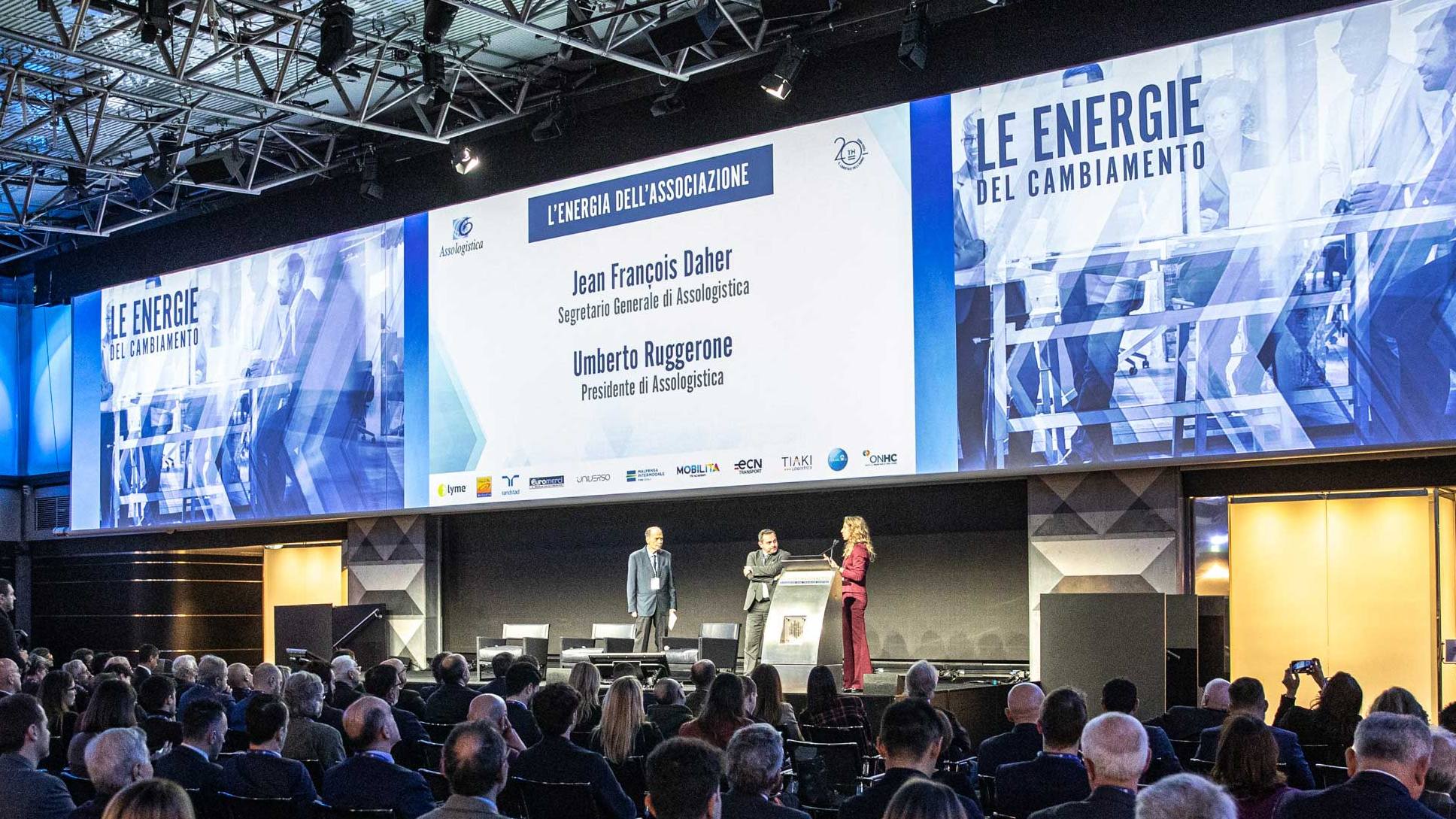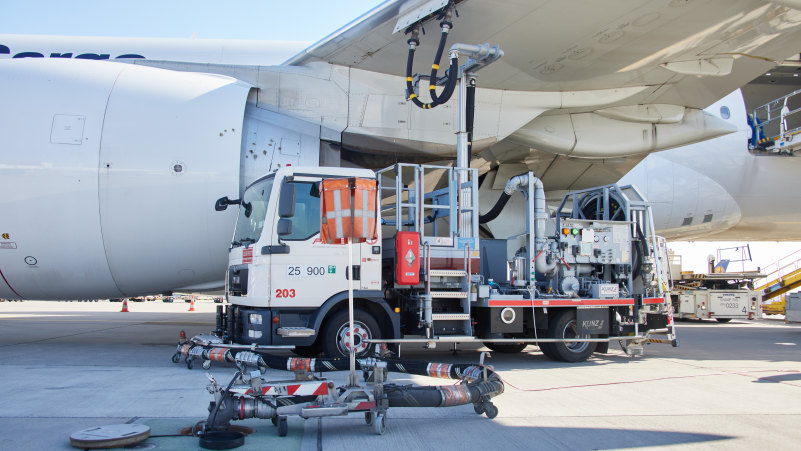When it comes to promoting and expanding rail freight transport, what matters more: modern, functional infrastructure or effective pricing policies? A market response is emerging, and it partially preempts the turning point set for 15 December 2024. This development provides an important lesson for network operators. The main character in this story is the high-capacity railway line between France and Spain, crossing the eastern Pyrenees via the modern Perthus tunnel, operational since 2010. The tunnel, effectively a base tunnel, has radically transformed cross-border rail connections. Just the announcement of reduced freight transit fees starting from 15 December has sparked a surge in demand, with increased interest and transit bookings coming in ahead of schedule.
France and Spain have agreed on a sharp reduction in tunnel usage fees, effectively provided as transit subsidies, which amount to a 90% cost reduction. Although these benefits will officially kick in mid-December and remain in place until at least the end of 2025, forecasts indicate a sharp increase in cross-border rail freight through the tunnel. The tunnel is managed by Lpf Perthus, which anticipates a rise in transits to over forty round trips per week from December 2024, representing an 80% increase compared to August 2024. Compared to December 2023, the increase is set to exceed 100%.
There are several factors driving this sharp growth in transit traffic: undoubtedly, the pricing policy plays a significant role, but even in the preceding months, there was a noticeable rise in demand, particularly for international rail freight. This growth can be attributed to the beginning of returns on investments made in the Spanish rail network, especially along the Ten-T Mediterranean corridor.
The infrastructure operator Adif has made a bold decision to extend the standard European gauge (or dual gauge) lines, starting from cross-border connections to Barcelona, and looking ahead, to Tarragona and Valencia, with the ultimate aim of connecting to the Andalusian port of Algeciras. Other measures also deserve mention, such as the extension of time slots for freight trains, an increase in nighttime transits, and the opportunity for railway operators to use rolling stock maintenance facilities at Lpf's Llers site, near Figueres.
The Perthus tunnel comprises two separate tubes, each 8.3 kilometres long, running beneath the eastern Pyrenees. It was built for the transit of both freight and high-speed passenger trains, allowing them to avoid the historical line that climbs the mountain range along an outdated and challenging route. Moreover, it guarantees full European-standard gauge interoperability between the French and Spanish rail networks. According to data provided by Lpf Perthus, 727 freight trains crossed the cross-border tunnel in the first six months of 2024, keeping pace with the 1,404 transits seen throughout 2023. However, as is now apparent, the outlook for the future is considerably brighter.
Piermario Curti Sacchi




